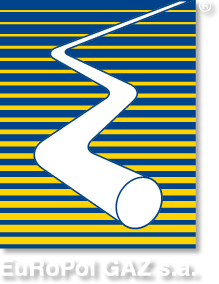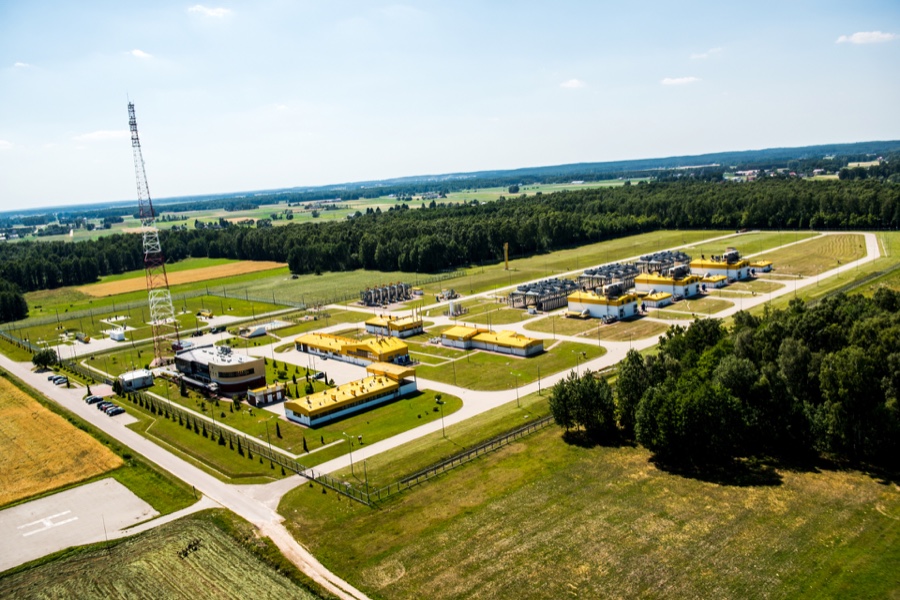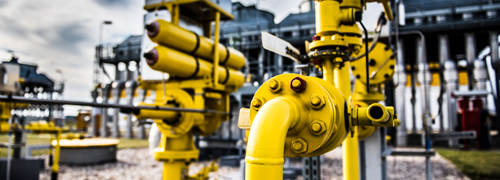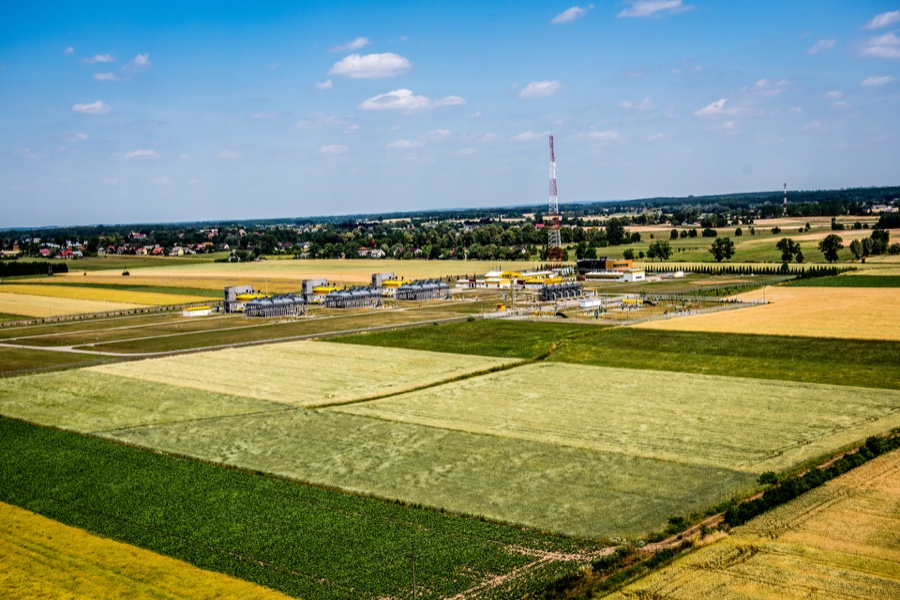The intergovernmental agreement signed in August 1993 envisioned that the design efforts, execution of the works as well as delivery of materials and equipment would be provided above all by Polish business entities, basing on contracts concluded by EuRoPol GAZ s.a. under conditions of competiveness.
EuRoPol GAZ s.a. implemented those provisions – it hired mainly Polish companies for works related to construction of the pipeline. EuRoPol GAZ s.a. commissioned Polish scientific and research institutes with delivery of necessary expert’s opinions and research efforts. These services were provided by, inter alia, the Gdańsk University of Technology, the Mining and Metallurgy Academy of Cracow, the Warsaw University of Technology, the Wrocław University of Technology and the Welding Engineering Institute.
All design works were provided by Polish company Gazoprojekt SA from Wrocław. Gazoprojekt was also providing the project designer’s supervision for execution of the works. The prime contractors for the construction and assembly works within the scope of the pipeline part were Gazobudowa, GAZ-2000, Megagaz and Karpaty. All five compressor stations were built by ABB Zamech. Initially, the communications system was being built by Optotrakt, and next this effort was continued by Alcatel Polska. The control and data processing system was built by Alstom Polska. The investor’s supervision of the construction process was provided by Bureau Veritas Polska (the mainline part of the SGT) and Polski Rejestr Statków (the SGT’s compressor stations).
Particularly difficult tasks that very often were performed for the first time in Poland and even abroad, e.g. crossing of major rivers, were commissioned to specialist international companies. Polish branch of the Austrian Habau company provided the longest river crossing in Central Europe using the open cut method - the Vistula River crossing. Freitag Budpol provided crossing of the Warta River by the micro-tunnelling method and crossing of the Western Noteć River by the open trench method (with the pipeline resting on piles). The Skrwa River crossing was built by Gazobudowa using the micro-tunnelling method, and crossing of the Narew River in two locations (using the open cut method) was provided by Karpaty.
Suppliers of materials and equipment necessary the pipeline construction were selected using a competition for offers. Pipes of 1400 mm diameter were manufactured by the Italian Ilva Lamiere e Tubi steelmill and the German Mannesmann Handel. The Cameron ball valves with drives were provided by the German Fahlke Control Systems. Fittings, T-connectors and bent elements as well as pipes necessary for construction of the shut off and relief units were provided by the German RMA Truttenbach. Insulation, thermal-shrink and anti-corrosion materials for welded joints were purchased from the American Raychem and Canadian Canusa System companies. German Franken Plastik company provided skids for the protective casing. The Bureau Veritas Classification Company was supervising the process of pipe manufacturing.
The first line of the Yamal pipeline along with its technical infrastructure was built basing on administrative decisions on construction permit issued to the Investor.
The design of work organisation envisioned occupation of a 36 m-wide pipeline right-of-way in farmlands (subject to remediation) and a 26 m-wide one in woodlands where a 8 m-wide deforested zone was left directly over the buried pipeline. Prior to commencement of the construction the archaeological assessment was conducted within the pipeline right-of-way area.






